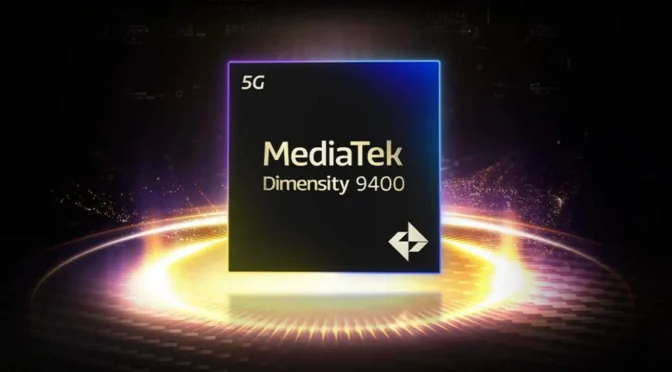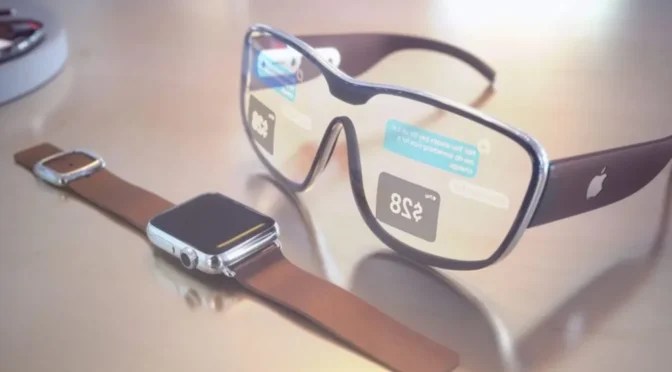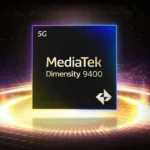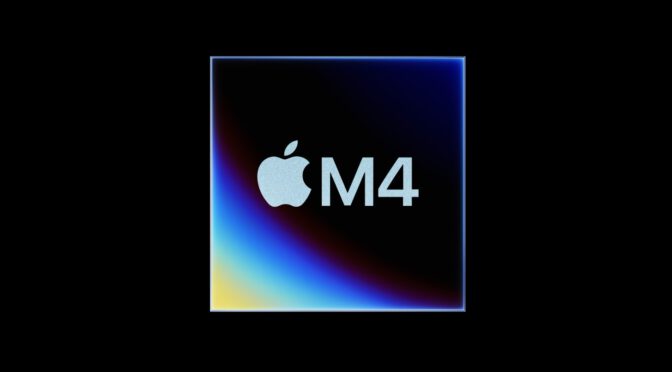[Image credit: MediaTek]MediaTek Introduces the Dimensity 9400: A 3nm Powerhouse for Smartphones
MediaTek has officially launched the Dimensity 9400 (trendforce.com), its latest flagship processor designed for high-end smartphones. This new system-on-chip (SoC) offers powerful performance, improved efficiency, and advanced AI capabilities. MediaTek is continuing its long-standing collaboration with Arm, avoiding the switch to RISC-V, which some competitors are exploring.
Performance Boost and Power Efficiency
The Dimensity 9400 brings a significant upgrade in performance (beebom.com) over its predecessor, the Dimensity 9300. This octa-core processor consists of one Arm Cortex-X925 core running at over 3.6GHz, three Cortex-X4 cores at 3.6GHz, and four Cortex-A720 cores at 3.3GHz. With this “all big core” design, MediaTek has focused on maximizing power. Built on TSMC’s 3nm process node, the chip delivers up to 40% more power efficiency compared to the previous 4nm generation.
Enhanced AI Capabilities
Artificial Intelligence is a core feature of the Dimensity 9400. It includes an eighth-generation neural processing unit (NPU) that boosts machine learning tasks by 80%, making it faster and more efficient. MediaTek also introduced the Dimensity Agentic AI Engine, which connects applications to various AI models and hardware acceleration, supporting both on-device and cloud-based AI tasks.
Graphics and Connectivity Improvements
On the graphics side, the processor includes a 12-core Arm Immortalis G925 GPU. It offers 41% more performance and 44% better power savings. Additionally, MediaTek upgraded its Wi-Fi and Bluetooth combo chip. Now it delivers faster data speeds and extended wireless coverage, with a focus on improving overall device efficiency.
Conclusion
Dimensity 9400 is set to compete with industry giants like Qualcomm. Phones featuring this chip are expected to launch in late 2024. With its strong AI capabilities, improved performance, and efficiency, MediaTek aims to solidify its position in the premium smartphone market.






















